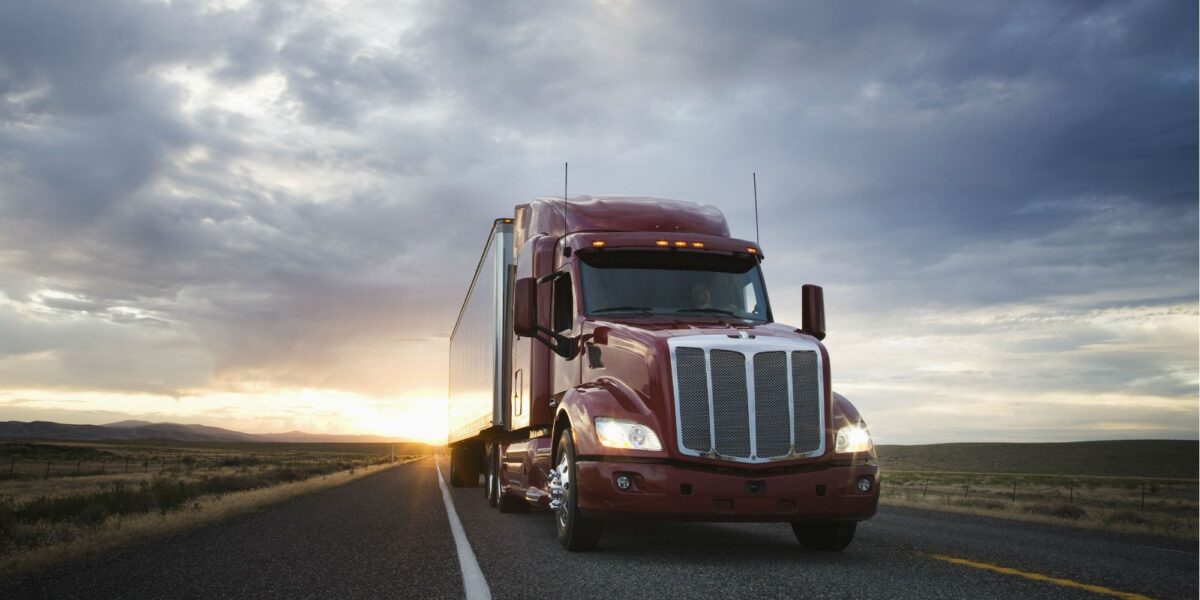Walmart announced Tuesday plans to scale a program it calls GoLocal to make final-mile deliveries for businesses of all sizes.Walmart had previously restricted its last-mile service to the delivery of its own products. The program, called Walmart GoLocal, opens new revenue streams for the company by expanding its access to inventory and increasing delivery density, the golden goose of logistics business models.
Walmart said it has been piloting the service over the past several months and is now expanding to more than 500 markets just ahead of the holiday rush and amid the backdrop of rising freight costs and shortages of carrier capacity.
At the heart of this project, Walmart is aiming to create another revenue stream by using its technology and people. Walmart will not use third-party drivers but instead, rely on its Spark delivery network and other modes of proprietary transportation.
Walmart’s existing last-mile ambitions saw it building out capacity for same-day delivery, the latest frontier of the shipping wars as competitors try to catch up to Amazon’s Prime service. In three years, Walmart developed same-day delivery for more than 160,000 items from more than 3,000 stores that can cover 70 percent of the U.S. population.
Walmart GoLocal already has agreements with national retail clients, the company said in a news release, though it declined to name them. Ward told reporters that Walmart envisions a service that could deliver cupcakes from local bakeries as easily as it could car parts from national retailers.
Growth + Change = Opportunity!



